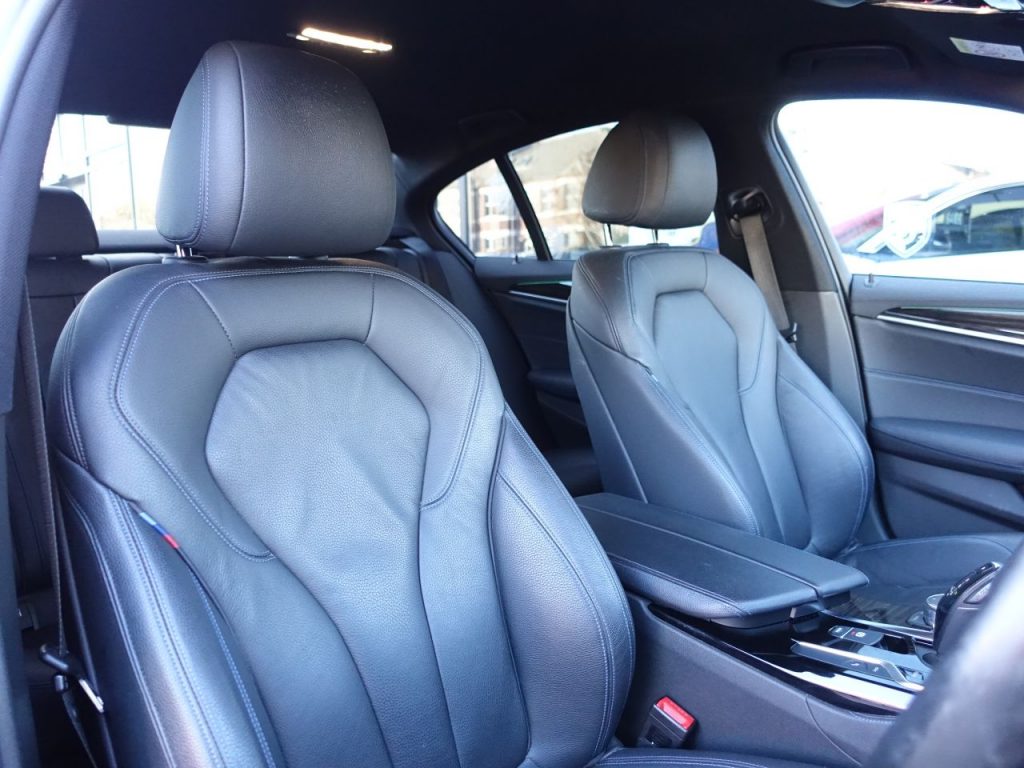Ready for a New Car? How to Know When it’s Time

Ever watch a shiny new car drive by and think about trading in your aging model? Depending on a few factors, it may make sense to bring home a new car.
Consider the age and value of your car. If your car is more than 10 years old, regular oil changes aside, it may be worth less than the cost to maintain it. If your car requires major repairs that are a large percentage of your car’s value, it may be time to trade it in.
For drivers that have a long commute, some prefer to put the wear and tear on an older car than add additional miles and depreciation to one that is new. This wear and tear, however, might cause larger problems to surface sooner rather than later.
While you’re working out your finances, this is a good time to figure out if you’re in a good place to take on the debt required for a new car. A new car should be considered an investment, one that you’ll be paying into for at least five years. A sizable down payment can help bring the cost down and help you get a better financing deal. Ideally, a down payment should be at least £2,500. If you don’t think you can save for a down payment, consider holding onto your old car until you’re in a better financial position.
The age of your car and how safe it is go hand-in-hand. Older cars may not have the same kinds of safety features that are available on new cars. Driver and passenger-side airbags only became mandatory in the late 1990s so any car older than 15 years old may not have these critical safety features. New cars also come equipped with electronic stability control and side-curtain airbags, two additional safety features you hope you never have to use.

















